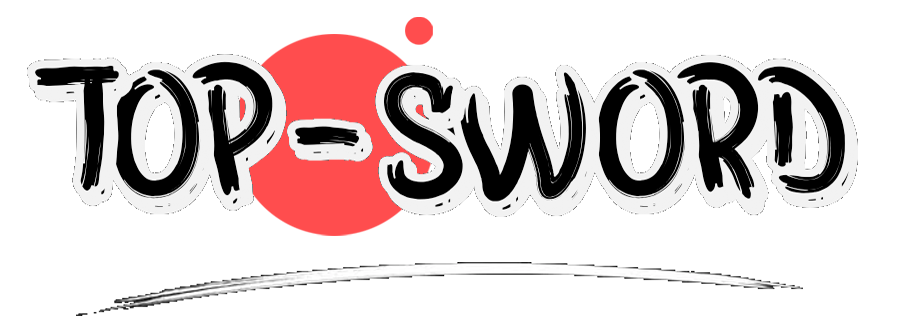Top 10 Famous Swords in History: Legends, Battles, and Cultural Legacy
From mythic blades wielded by kings to cursed weapons that shaped empires, swords have transcended their practical use to become symbols of power, honor, and human ambition. This article explores ten legendary swords that left an indelible mark on history, warfare, and culture.
1. Excalibur (England)
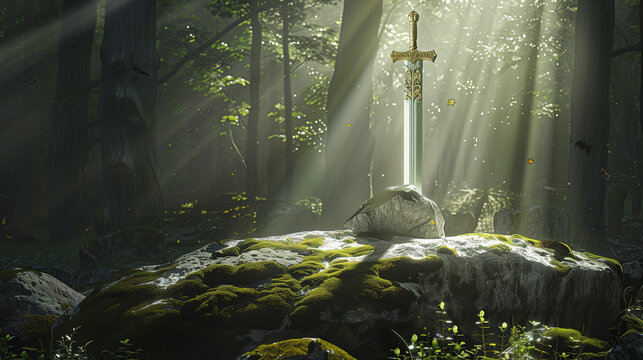
Era: 5th–6th century CE
Legend: King Arthur’s sword, gifted by the Lady of the Lake, symbolized divine kingship. According to Thomas Malory’s Le Morte d'Arthur, only the "true king" could pull it from the stone.
Historical Context: Likely inspired by post-Roman Britain’s struggle against Saxon invaders. The sword’s "unbreakable" quality mirrors early medieval metallurgical advancements.
Legacy: Embodies the ideal of just rulership. Featured in films like Excalibur (1981) and The Sword in the Stone (1963).
2. Kusanagi-no-Tsurugi (Japan)

Era: Mythical (recorded in 712 CE Kojiki)
Legend: One of Japan’s Three Sacred Treasures, retrieved from the eight-headed serpent Yamata-no-Orochi by Susanoo. Later used by Emperor Jimmu to unify Japan.
Historical Context: Represents the Shinto belief in imperial divinity. Stored at Atsuta Shrine, its public display is forbidden.
Legacy: Symbolizes the Japanese emperor’s legitimacy. Inspired Final Fantasy’s Masamune blade.
3. Zulfiqar (Middle East)
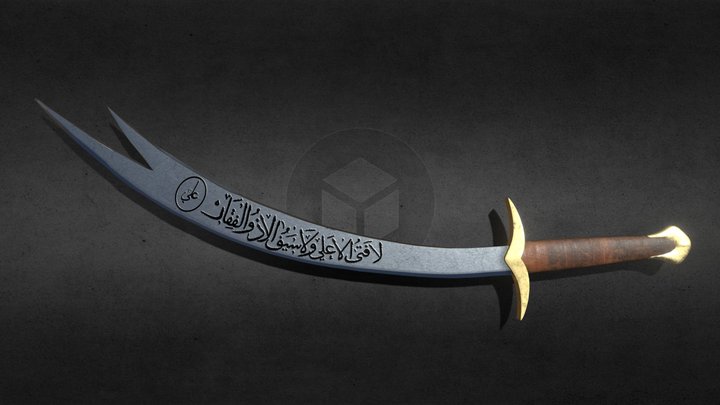
Era: 7th century CE
Legend: The bifurcated sword of Ali ibn Abi Talib, gifted by Muhammad during the Battle of Uhud (625 CE). Its split tip symbolized justice and spiritual warfare.
Historical Context: Forged from Indian steel (wootz), its design optimized for cutting chainmail.
Legacy: A Shiite icon, featured on Iran’s flag and in Assassin’s Creed games.
4. Joyeuse (France)
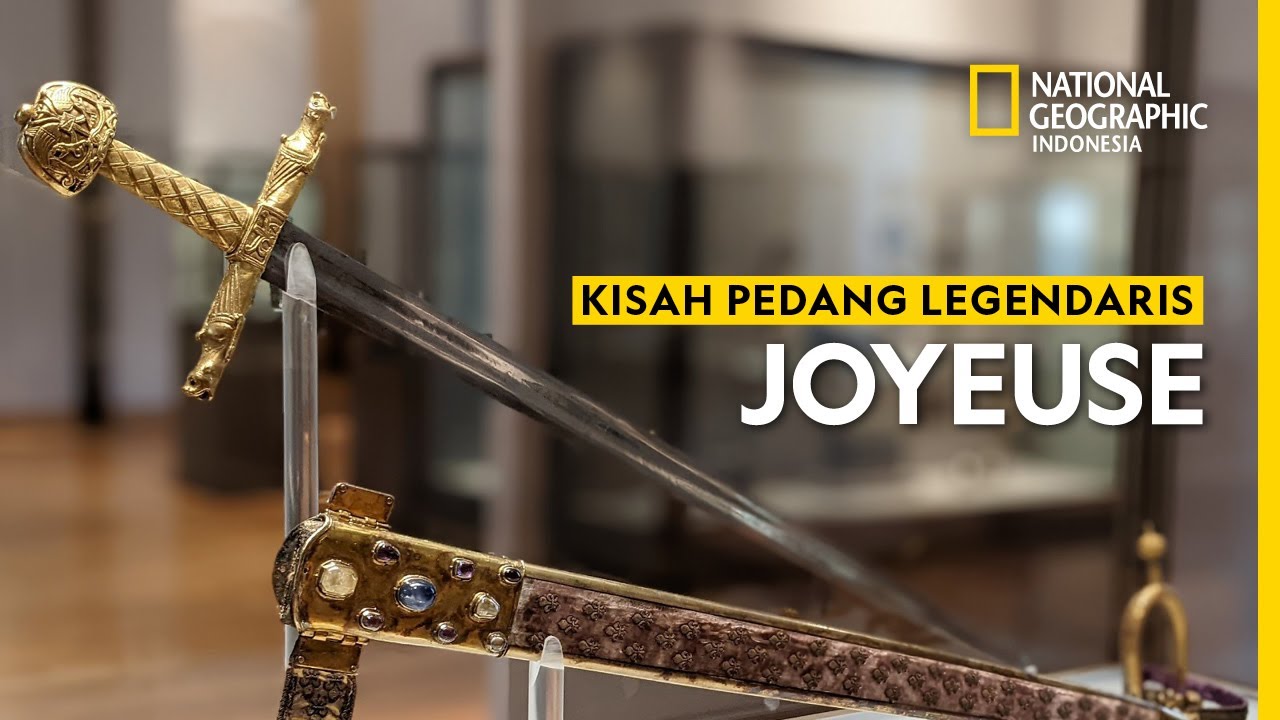
Era: 9th century CE
Legend: Charlemagne’s sword, allegedly containing the Lance of Longinus. Used to crown French kings until 1824.
Historical Context: Its golden hilt, adorned with fleur-de-lis, reflected Carolingian imperial ambition. Now at the Louvre.
Legacy: Inspired the "Song of Roland" and Civilization VI’s relic system.
5. Wallace Sword (Scotland)

Era: 13th century CE
History: Wielded by William Wallace during the First War of Scottish Independence. A 5.5-ft two-handed claymore, now displayed at the National Wallace Monument.
Cultural Impact: Popularized by Mel Gibson’s Braveheart (1995). Symbolizes resistance against tyranny.
6. Tizona (Spain)
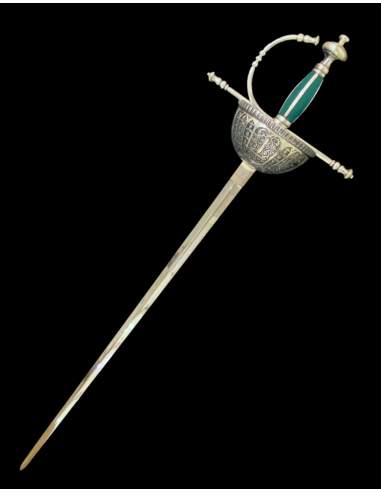
Era: 11th century CE
Legend: El Cid’s sword, feared for "terrifying" inscriptions. Used to defeat Moors during the Reconquista.
Science: Analyzed in 2001, its steel combined Visigothic and Islamic forging techniques.
Legacy: A Spanish national treasure, housed in Museo del Ejército.
7. Seven-Branched Sword (Korea/Japan)
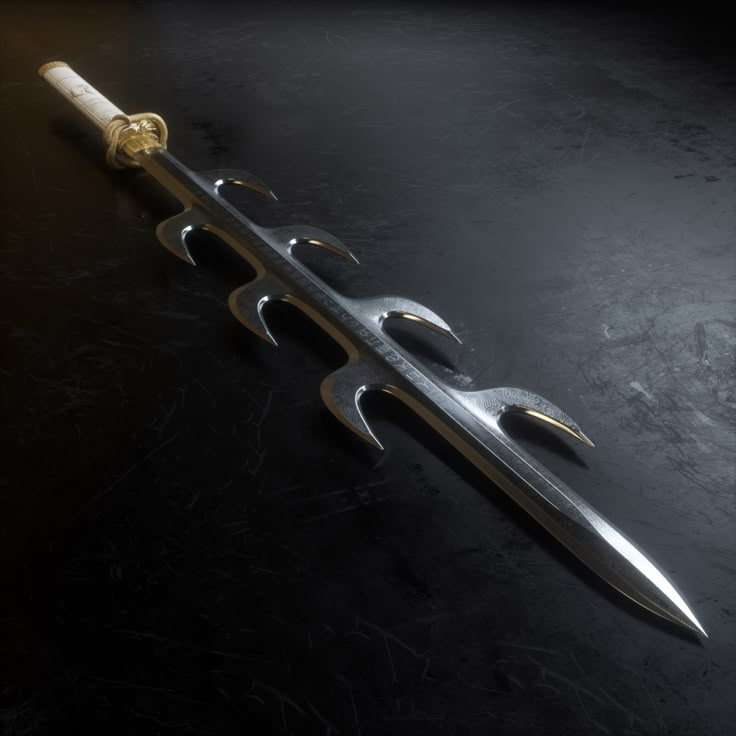
Era: 4th century CE
History: Gifted by Korean Baekje Kingdom to Japan’s Emperor, its gold-inlaid iron blade bore 70+ characters. Linked to early East Asian diplomacy.
Controversy: Japan’s claim of sovereignty over Korea cited the sword as "evidence." Now at Isonokami Shrine.
8. Sword of Goujian (China)

Era: Spring and Autumn Period (771–476 BCE)
Discovery: Found in 1965, still razor-sharp despite 2,500 years underground. Bronze blade with tin-copper alloy defied corrosion.
Significance: Proof of advanced Chinese metallurgy. Displayed at Hubei Provincial Museum.
9. Durandal (France)

Era: 8th century CE
Legend: Roland’s unbreakable sword, embedded in Rocamadour cliff per The Song of Roland. Allegedly contained Saint Peter’s tooth.
Tourism: A replica at Rocamadour draws 1M+ visitors annually.
10. Muramasa Blades (Japan)
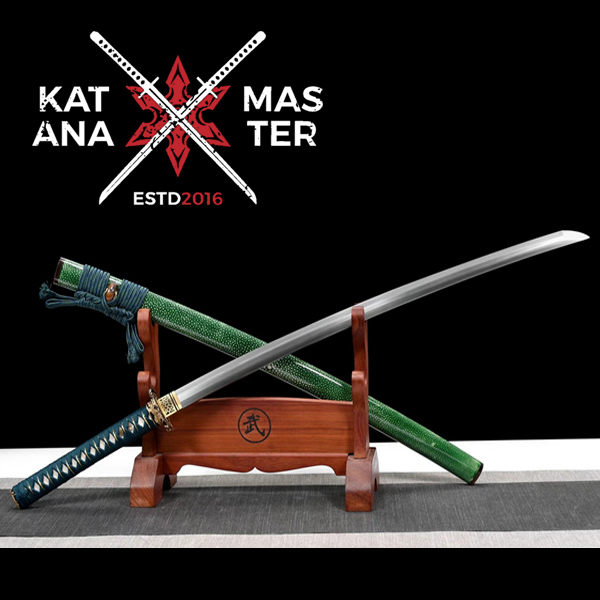
Era: 16th century CE
Legend: Cursed swords forged by Muramasa Sengo, said to drive wielders mad. Banned by Tokugawa shoguns after allegedly causing noble deaths.
Pop Culture: Featured in Ghost of Tsushima and Metal Gear Solid.
Conclusion: Swords as Time Capsules
These blades are more than weapons—they are reflections of human ingenuity, power struggles, and artistic mastery. From Excalibur’s democratic idealism to Muramasa’s dark allure, they continue to inspire games, films, and our collective imagination.
SEO Strategy
Title (Under 300 Characters)
"Top 10 Legendary Swords in History: Excalibur, Kusanagi, Zulfiqar & Their Epic Stories | Blade Origins & Cultural Impact"
Meta Description (Under 500 Characters)
Discover history’s most iconic swords! Explore Excalibur’s Arthurian legend, El Cid’s Tizona, Japan’s cursed Muramasa blades, and more. Learn their metallurgical secrets, battlefield feats, and modern pop culture legacies. Perfect for history buffs, gamers, and sword enthusiasts!
